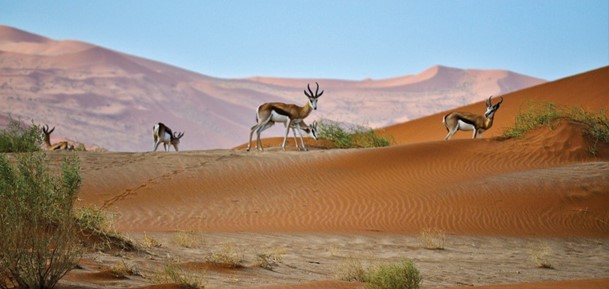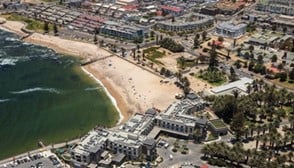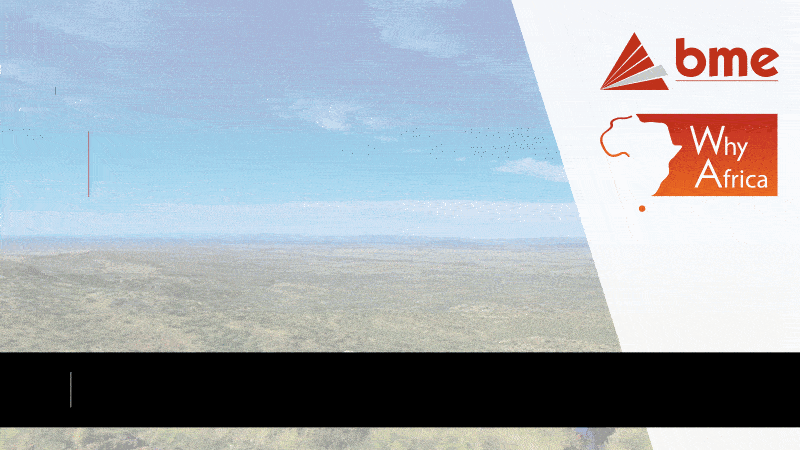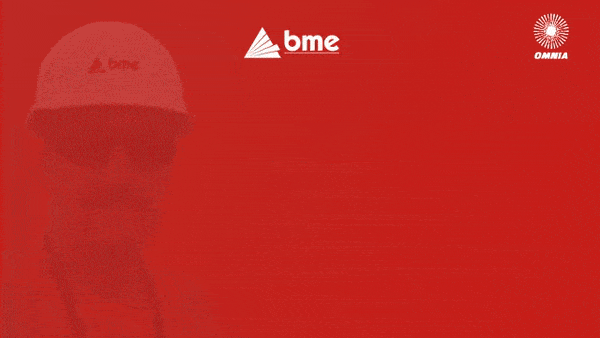While the widespread natural deserts and resources of Namibia often seem boundless, they are constantly being impacted in ways that highlight the importance of conservation and proactive management.
Click here for background on this series.
Originally posted in Why Africa Magazine | Article by Staff Writer

This was perhaps the key theme running through the second National Integrated State of the Environment Report (ISOER) for Namibia, which was formally launched recently
by Pohamba Shifeta, Namibia’s Minister of Environment, Forestry and Tourism. It was compiled by SRK Consulting (South Africa) in collaboration with Namibian consultancy Urban Dynamics, and published late last year.
“The 2021 ISOER demonstrates how the country has progressed in managing its natural resources since 2004 while minimising the environmental im- pacts of wastes and disasters generated by human and economic activity,” said Minister Shifeta in his preface to the report. “Based on a core set of in- dicators, the report highlights environmental per- formance areas where Namibia is doing well and places a spotlight on areas where the country can perform better.”
He noted that the 2021 ISOER featured priority areas that require urgent and proactive attention to reverse negative biophysical or socio-econom- ic trends, saying that positive change was possible through strong partnership and collective action by stakeholders in the public and private sector.

Image by Grant Durr – Unsplash
The report considered the ‘status quo’ of various elements of the environment, from physical and bi- ological environments to waste management and human settlements. Interventions made to-date were discussed, and ways forward proposed. Among the range of issues was climate change, which was projected to raise temperatures by 1.2°C in the south- west and by 2.8°C in the northeast by 2065 – leading to greater variability in annual rainfall.
Water scarcity a major theme
Water scarcity was unsurprisingly a major theme, especially as demand is growing and groundwa- ter resources are being drawn upon increasing- ly. Land degradation was another – with forests, grasslands, and crop lands under pressure from human settlement and overgrazing. Arable land is being impacted, with declining crop production, raising concerns about food security. Crime relat- ed to wildlife – especially involving the poaching of high-value species – was also identified as an area deserving more focus.

Image from SRK Consulting
According to Darryll Kilian, partner and principal environmental consultant at SRK Consulting, the ISOER provides high-quality statistical information to improve knowledge of the environment and its challenges. This is to support evidence-based de- cisions around policy and implementation, and to inform the general public and specific user groups. “In compiling the report, we also relied on en- gagement with several key stakeholder groups for gathering information and data,” said Kilian. “Stake- holder input into drafting the ISOER – which was facilitated through a workshop – was essential to identify key issues of concern.”
The success of the engagement aspect of the project was particularly appreciated by the funder, the Deutsche Gesellschaft für Internatio- nale Zusammenarbeit (GIZ) – especially after the Covid-19 pandemic made it difficult to travel or meet stakeholders.
“The company [SRK] worked very well with a range of key stakeholders to navigate the consul- tative process, including the GIZ; Ministry of Envi- ronment, Forestry and Tourism; National Planning Commission; Namibia Statistics Agency; and the Sustainable Development Advisory Council,” said Klemens Riha, team leader of the GIZ project on Climate Change and Inclusive Use of Natural Re- sources (CCIU) in Windhoek.
“It was both highly proactive and responsive to the needs of the client and undertook a well- structured engagement process, including listening to and capturing comments from local stakeholders, effecting changes, and systematically documenting the whole process.”
Taking a multi-framework approach, the report aligns with international good practice in environmental reporting, while integrating information across a wide spectrum of departments and interest groups.
“The report also provides a clear path of action, using the Framework for the Development of Environment Statistics (FDES),” said Kilian. “The FDES – published by the UN Secretariat’s Department of Economic and Social Affairs in 2014 – provides
environmental reporting guidelines following a tiered approach, from environmental components and sub-components to individual indicators.”
He explained that this allows for country-spe- cific interpretations and limitations, aligning well with other environmental reporting tools such as the Driver, Pressures, State, Impact and Response (DPSIR) model and Sustainable Development Goals (SDGs) adopted by the UN in 2016.
High quality outputs and products
Riha affirmed that this was important to the suc- cess for the study, and that SRK had “demonstrat- ed a very high level of ability to mix international best practices with local circumstances and con- ditions, resulting in the delivery of high-quality outputs and products”.
The over 125 indicators used in the report also high- lighted how Namibia was responding to the SDGs and to other commitments made by government.
“In preparing the report, we interpreted selected indicators from a ‘call to action’ point of view, not- ing areas that require attention by country stake- holders,” said Kilian. “The 2021 ISOER guides de- cision-makers in all walks of life on what actions could be taken to promote positive trends – or to address negative movements affecting Namibia’s environmental sustainability.”
In a similar vein, Minister Shifeta also empha- sised that the main aim of the report was to com- municate credible and accessible information to enhance decision-making. He also pointed to its contribution in assessing the availability of environ- mental data.
Noting that there were some areas where data- sets were up-to-date and readily available, he said that in other areas there is a need to invest time and resources to gather additional and more recent in- formation. He also emphasised the role that this re- port could play in raising general awareness in the country and prompting constructive action.
“We need to ensure that all citizens are equipped with relevant knowledge, attitudes, values and skills required for managing natural resources,” he said. The report was published by the Directorate of Environmental Affairs and Forestry in Namibia’s Ministry of Environment, Forestry and Tourism, and funded by the German Federal Ministry for Economic Cooperation and Development.
Originally posted in Why Africa Magazine





